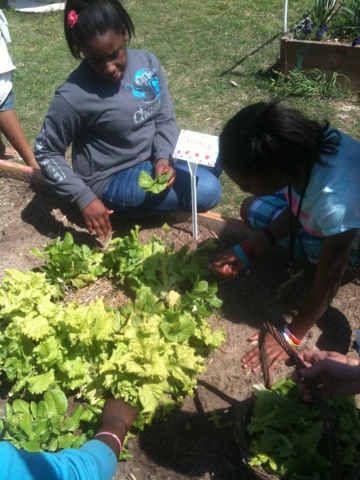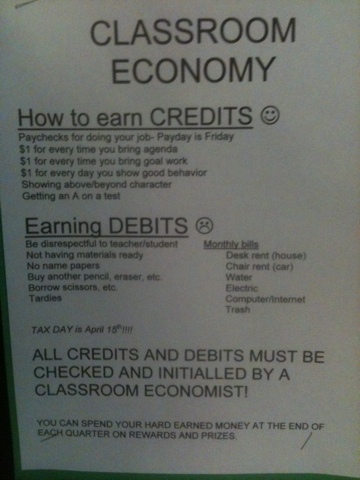This activity is done as a kind of "hook" before a lesson on the Revolutionary War. Students are not told that the tug-o-war they are getting to play is actually a big metaphor for the Revolutionary War until after the game is over. We then draw parallels between the two to engage learning.
Here is how the tug-o-war goes:
1. Form 3 teams:
- Red Team- tallest and strongest students (also 2-3 more students than the other teams) (This team models the strong, professional British Army)
- Blue Team-smallest students
(This is the Continental Army-untrained volunteers)
- White Team- medium height and build (same number of students as blue)
(This is the allied countries, like France)
2. Red team takes one side of the rope, blue team takes the other. White teams sits to the side for now. (They will probably be very vocal about how unfair the teams are. Ask them who they think will win and why.)
3. "On your mark, get set....WAIT WAIT WAIT!!!" Announce there has been a rule change. The blue team will receive reward, a piece of candy, if they win. But, sorry there is not enough for the last student on the blue team. Also, the white team must stand and cheer for the blue team. (This models the colonists greater motivation to win. The person who doesn't get the candy represents how not everyone benefited from winning the war- like enslaved Africans)
4. "On your mark, get set....WAIT WAIT WAIT!!!" Announce another rule change. Half of the red team must stand several yards away from the rest of the team and can run to the rope once the game begins.(This models the challenge Britain faced in supplying its troops across the Atlantic Ocean)
5. "On your mark, get set....WAIT WAIT WAIT!!!" Yet another rule change. Tie a strip of cloth around the middle of the rope. To win, the red team must pull this red flag at least 20 ft into their territory. The blue team will win if they prevent them from doing this within 30 seconds. (This models the British goal of an offensive war, and the colonists objective just to defend their country)
6. "On your mark, get set....WAIT WAIT WAIT!!!" Final rule change. The white team will be allowed to help the blue team once the game is in progress, and you will tell them when to go. (This models France's entry into the Revolutionary War after The Battle of Saratoga to help the Continental Army)
7. GO! The blue team may have an initial surge, but when all the members of the red team arrive to the rope, the red team will surge. As soon as the red team starts to pull the flag to their side- send the white team in to help the blue team. They should take control and be able to prevent the red team from pulling the flag the required distance.
8. Read about the Revolutionary War and discuss all the parallels with your class.




















































